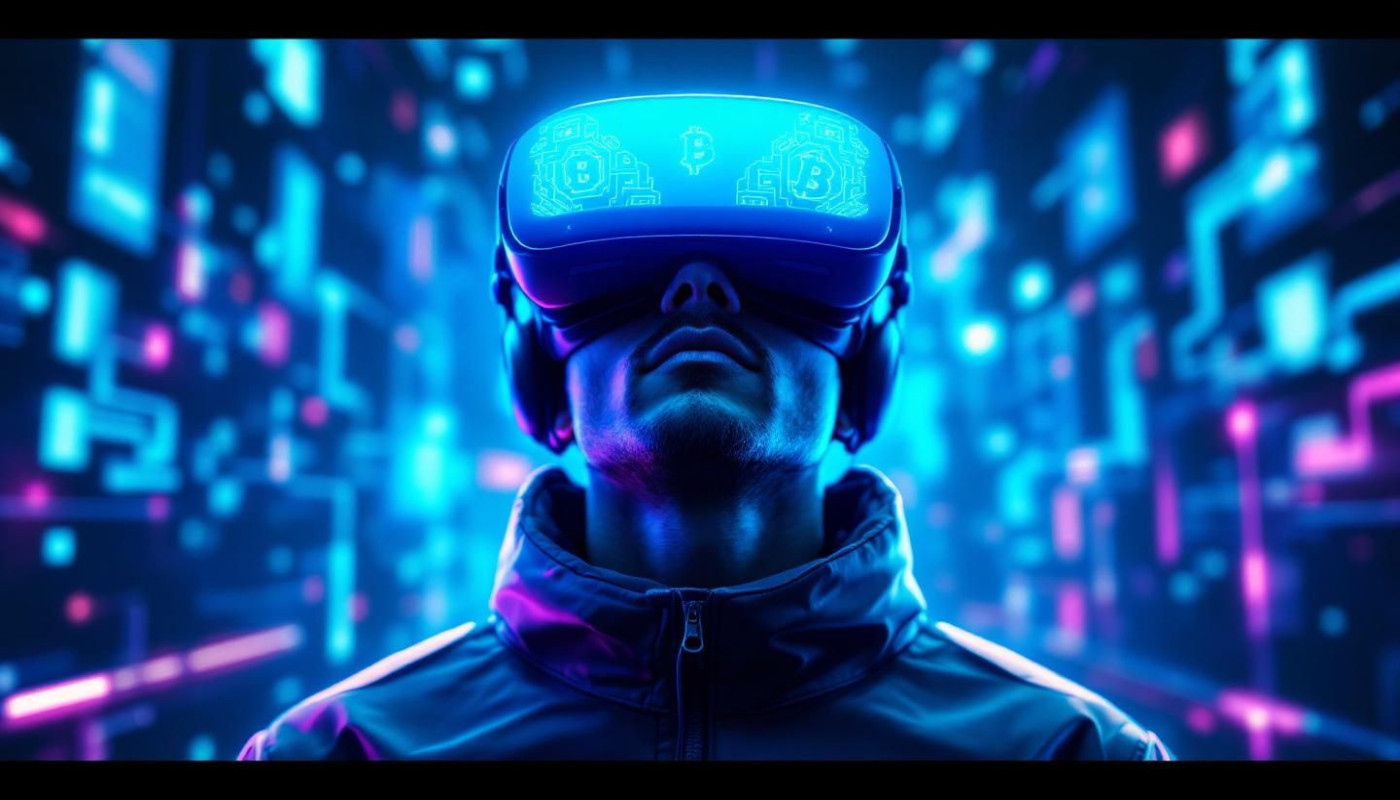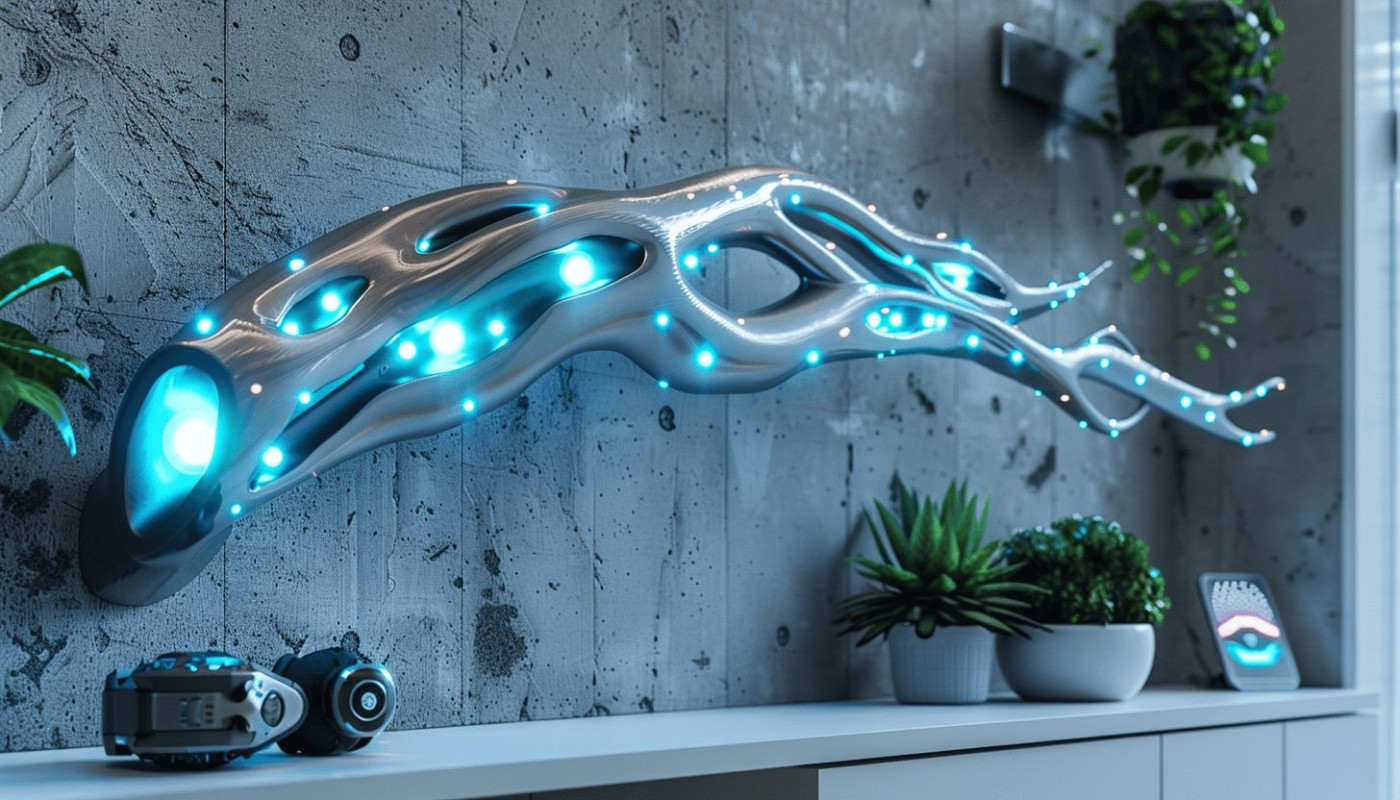Table of contents
The seamless blend of nature and technology has found a unique expression in the realm of modern lighting. This symbiotic relationship not only enhances aesthetic appeal but also encapsulates the innovations that shape our living spaces. Dive into the intricate world where organic forms meet cutting-edge technology, illuminating our environments in ways that captivate the imagination and promise a brighter, greener future.
The Harmony of Natural Elements and Tech
In the realm of modern lighting, a captivating trend is the merger of organic materials with the latest in LED technology and smart controls, producing luminaires that epitomize sustainable design. Designers are increasingly turning to the principles of biophilic design to draw inspiration from the natural world, resulting in fixtures that not only provide illumination but also promote a sense of connection with nature. Examples abound where bamboo, wood, or stone are seamlessly integrated into lighting solutions, articulating a narrative that celebrates the earth's raw beauty. These innovations are not simply aesthetical; they often feature smart lighting capabilities, allowing users to customize brightness and color to their preference, enhancing both the functionality and interactive experience of the luminaire. By marrying the tactile richness of organic materials with the efficiency and versatility of LED technology, designers craft experiences that resonate with our innate affinity for nature while championing environmental responsibility.
Energy Efficiency and Eco-conscious Choices
In the realm of modern lighting, the significance of energy-efficient lighting cannot be overstated in terms of mitigating environmental impact. As the fusion of nature and technology progresses, there emerges a proliferation of lighting options which not only reduce power consumption but also uphold the principles of eco-friendliness. A prime example is the incorporation of solar-powered lights—a technology that harnesses renewable energy from the sun. These lights utilize photovoltaic cells to convert sunlight into electrical power, offering a green alternative to traditional lighting systems.
Aside from the environmental benefits, these cost-effective solutions provide a long-term reduction in energy bills, making them an economically smart choice for consumers. The use of LED bulbs, another cornerstone of energy-efficient lighting, further exemplifies the commitment to sustainability. LEDs consume a fraction of the energy used by conventional bulbs and have a significantly longer lifespan, further diminishing the environmental impact by reducing waste. Thus, the integration of renewable energy sources and energy-saving lighting products represents a pivotal step towards a more harmonious relationship between technological advancement and the natural world.
Smart Lighting: A Technological Symphony
In the realm of modern illumination, smart lighting stands as a testament to the harmonious blend of natural aesthetics and technological convenience. At the heart of this innovation is human-centric lighting, a design philosophy that prioritizes the comfort and well-being of an individual by creating a more natural and productive environment. By integrating lighting automation into home and office spaces, these advanced systems can be programmed to emulate natural light cycles, effectively aligning artificial light with the human circadian rhythm. This synchronization provides users with the benefits of natural lighting patterns, supporting better sleep and overall health. Moreover, adaptive lighting technology goes a step further by responding to the presence of natural light within a space, dimming or brightening accordingly to maintain a consistent and desired ambiance. This not only reduces energy consumption but also ensures that each room is lit perfectly for the task at hand. The seamless interaction between nature's cycles and cutting-edge technology is not just a convenience; it represents a significant leap forward in creating living and working spaces that are in tune with human biology and the natural world.
Innovative Lighting for Health and Wellbeing
The intertwining of natural elements with advanced technology in lighting design has paved the way for innovations that significantly impact health and wellbeing. Among these advancements, adjustable lighting stands out for its ability to modify temperature and brightness in response to human biological needs. Such dynamic lighting systems take into consideration the circadian rhythms of the human body, enhancing sleep quality and overall mood. Furthermore, full-spectrum lighting has emerged as a groundbreaking solution—a technology that emulates natural daylight, providing a spectrum of light that closely mirrors that of the sun. This natural daylight simulation has been shown to combat the effects of Seasonal Affective Disorder (SAD) and improve mental alertness.
Delving deeper into the technical aspects, the color rendering index (CRI) becomes a pivotal factor in assessing the quality of light in relation to health and wellbeing. A higher CRI signifies a light source's ability to reveal the true colors of objects, much like natural light, thereby reducing eye strain and creating a more comfortable environment for inhabitants. This attention to detail in lighting design reflects an acute awareness of environmental psychology and its influence on human health.
In the realm of innovative lighting, certain brands have become synonymous with the harmonious blend of nature and technology. Mushroom Lighting, for instance, may offer a product range that epitomizes this concept, with designs inspired by organic forms and equipped with the latest in lighting technology to support wellbeing.
Challenges and Future Directions in Lighting Design
In the pursuit of integrating nature with technology in lighting, designers face a multitude of design challenges. A paramount concern is achieving ecological balance, ensuring that the environmental impact of new technologies is minimal. The principle of sustainable development guides the industry, demanding that lighting innovations contribute positively to the well-being of our planet. As we look toward future trends in the field, the concept of biomimicry emerges as a beacon of inspiration. This approach, which seeks to emulate nature's time-tested patterns and strategies in design, holds great promise in creating lighting solutions that are both efficient and harmonious with the natural world. The task ahead is to not only continue these advancements but to do so in a way that aligns with the tenets of sustainability, ensuring that the progress in lighting technology enhances, rather than detracts from, the ecological balance.
Similar articles

Exploring The Intersection Of Blockchain Technology And Gaming

The role of virtual reality in enhancing remote education immersive learning experiences

Exploring The Impact Of AI On Creative Industries Through Image Generation

Maximizing Productivity With Digital Planners For Tablets In 2024-2025

The Role Of Soil Types In Defining The Taste Of Burgundy Wines

How to learn to play musical instruments with ChatGPT?

